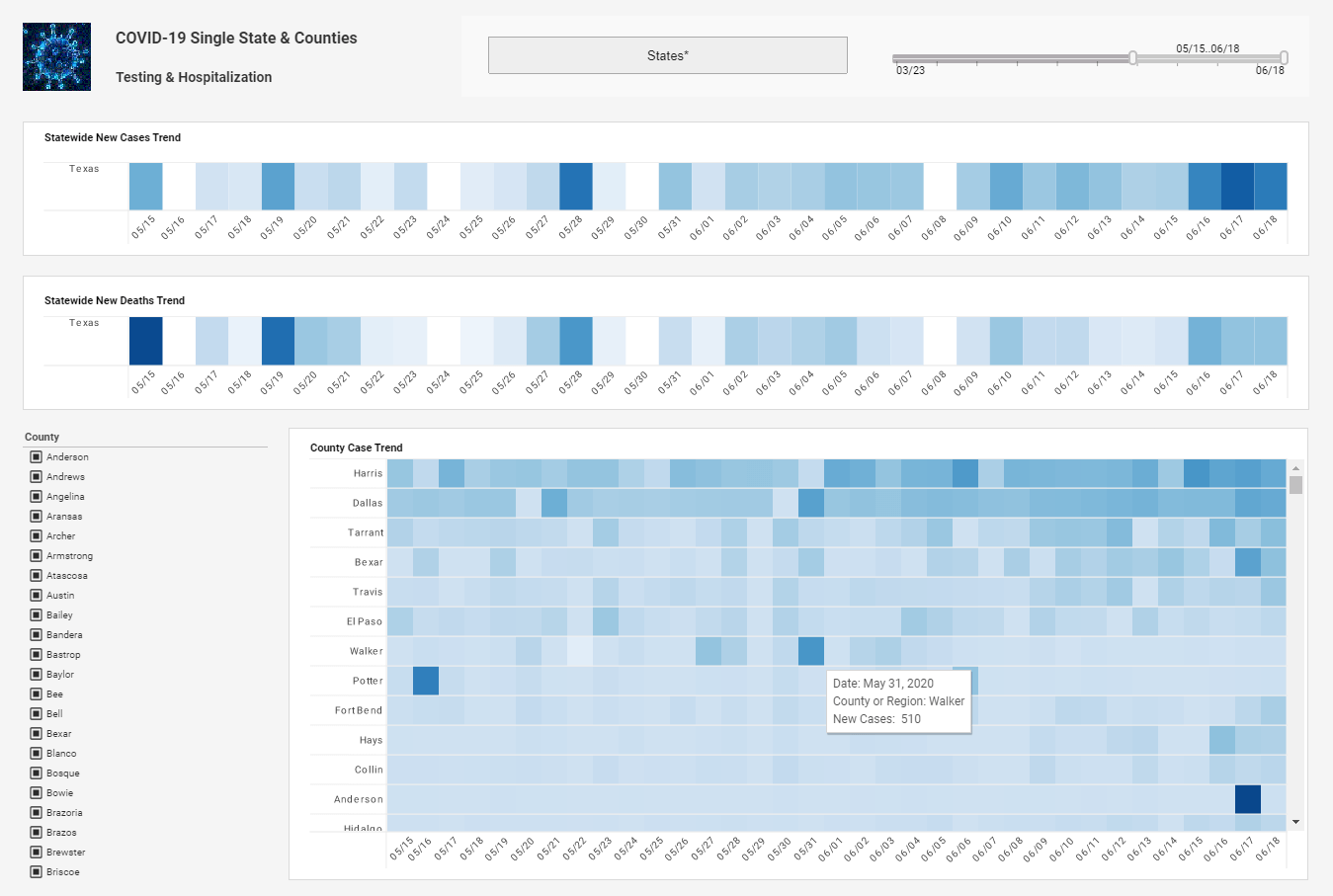Aligning Business Intelligence Strategy with Business Strategy
This is the continuation of the transcript of a Webinar hosted by InetSoft on the topic of "The Importance of Having a BI Strategy". The presenter is Mark Flaherty, CMO at InetSoft.
Mark Flaherty (MF): When we started this Webinar we talked a little bit about BI in general what you can get from it and why a BI strategy is really critical and important. You probably all have seen data like what you see on the slide here today. Clearly, companies who take a more data-driven, fact-driven approach to how they run their company, their organization, they do perform better compared to the competition.
And this is certainly why a BI program is essential. It lets you understand what’s going on and also see the impact and the outcome of decisions in business strategies that you are implementing. So if you take a more data-driven, fact-based, less gut-feel based approach to running your company, definitely, you can expect a competitive differentiation.
Now, in order to make BI successful, you have to have a strategy that underlines that approach. Without one there is a chance that your BI program could fail, but chances are it certainly will not deliver the full value that you would expect from it. As a CIO survey has shown for four years running, BI has been a top investment priority for companies.
| #1 Ranking: Read how InetSoft was rated #1 for user adoption in G2's user survey-based index | Read More |
Having a BI Strategy Is a Core Critical Need
At the same time, not everyone has seen the kind of return on investment that you expected in the beginning, or you may not have realized the full rollout to all the users that you thought would benefit from BI. So clearly, having a BI strategy is a really core critical need. And my question to you would be do you actually have one?
Now, I have seen customers say that yes, we have a BI strategy. And then, one of the things that I have seen them show me is an actual BI architecture slide. Now, a BI architecture slide is not a strategy. And if you have a clear, straightforward architecture and you know exactly who you are using for what, what tools you are using, that is good.
But that’s only one component. Something else that I have seen quite a bit is that IT is asking business users for what reports they need. Now, often, what you see is that the business doesn’t have enough understanding or detail around data structures and data and so on so forth, and they just don’t know enough of what they really need until they see it.
So for them to articulate requirements around specific reports, it's a pretty tough ask. And if they do actually come back with “Well, here are the reports I need, and here is what I need in the reports,” chances are that once they see the report delivered, it is not sufficient, it's not exactly what they were looking for. So, that isn’t really necessarily a winning approach. And certainly, again, it's not a BI strategy.
 |
View live interactive examples in InetSoft's dashboard and visualization gallery. |
Then, secondly, just building a warehouse and believing that there must be goodness in pulling data together and having it in one place, that is something that can easily backfire. Data warehouse projects may make sense, but you want to look at the business needs beforehand. And you also want to make sure that when you organize data for analysis, you know what kind of answers you want to be able to get, what kind of questions you want to answer. That is vital to then doing the right job in setting up a warehouse.
Deploying a data warehouse is a complex and multifaceted process that involves numerous technical, organizational, and operational considerations. Despite careful planning and preparation, several challenges and potential pitfalls can arise during the deployment phase, jeopardizing the success of the initiative. One common issue is inadequate data quality and consistency, which can stem from disparate data sources, inconsistent data formats, or poor data governance practices. If data quality issues are not addressed early in the deployment process, they can undermine the integrity and reliability of the data warehouse, leading to inaccurate reporting and decision-making.
Another challenge in deploying a data warehouse is scalability and performance optimization. As data volumes grow and user demands increase, the data warehouse infrastructure must be able to scale effectively to accommodate these changes without sacrificing performance. Inadequate hardware resources, inefficient data modeling, or suboptimal query optimization strategies can all contribute to scalability and performance issues, resulting in sluggish response times, data processing bottlenecks, and system downtime. Addressing scalability and performance concerns requires careful capacity planning, performance tuning, and ongoing monitoring to ensure that the data warehouse can meet the evolving needs of the organization.
Additionally, organizational resistance and cultural barriers can impede the successful deployment of a data warehouse. Resistance to change, lack of buy-in from key stakeholders, and insufficient training and communication can all hinder user adoption and acceptance of the new system. Without adequate support and engagement from business users and decision-makers, the full potential of the data warehouse may not be realized, limiting its impact on business operations and strategic decision-making. Overcoming organizational resistance requires effective change management strategies, stakeholder engagement, and user training programs to foster a culture of data-driven decision-making and maximize the value derived from the data warehouse.
| Previous: Thinking about BI Strategically, not Tactically |


